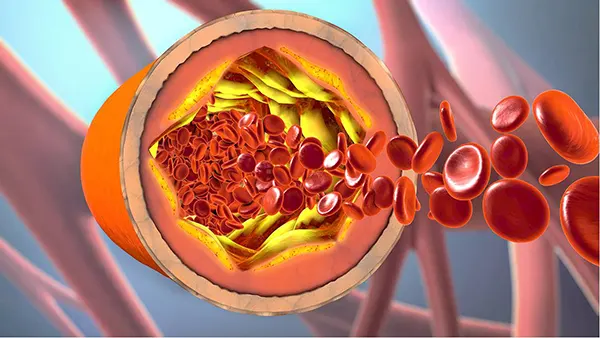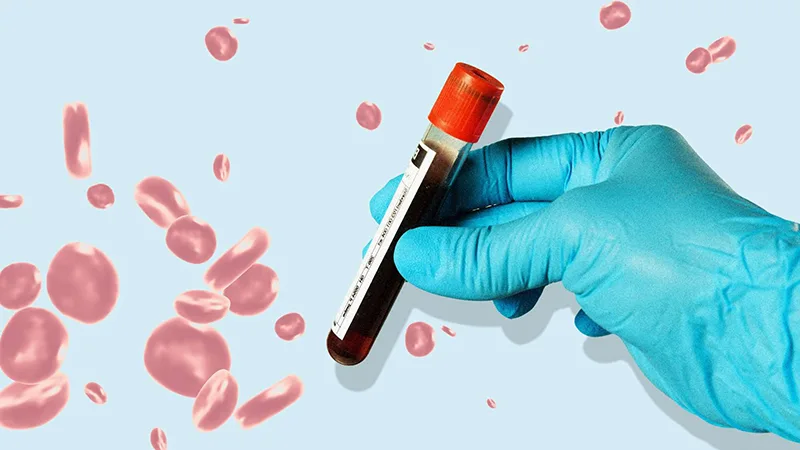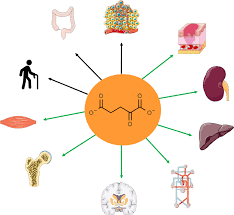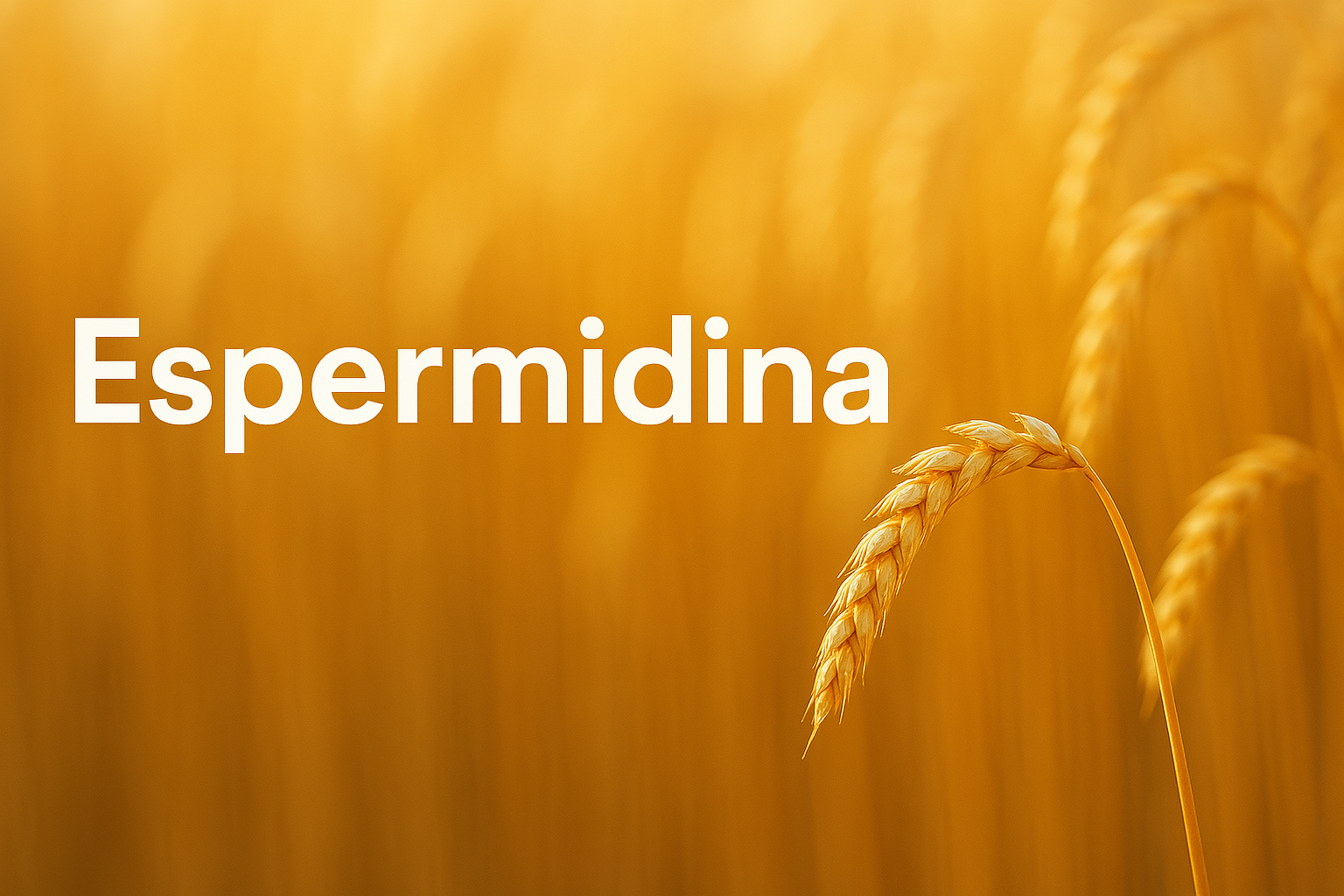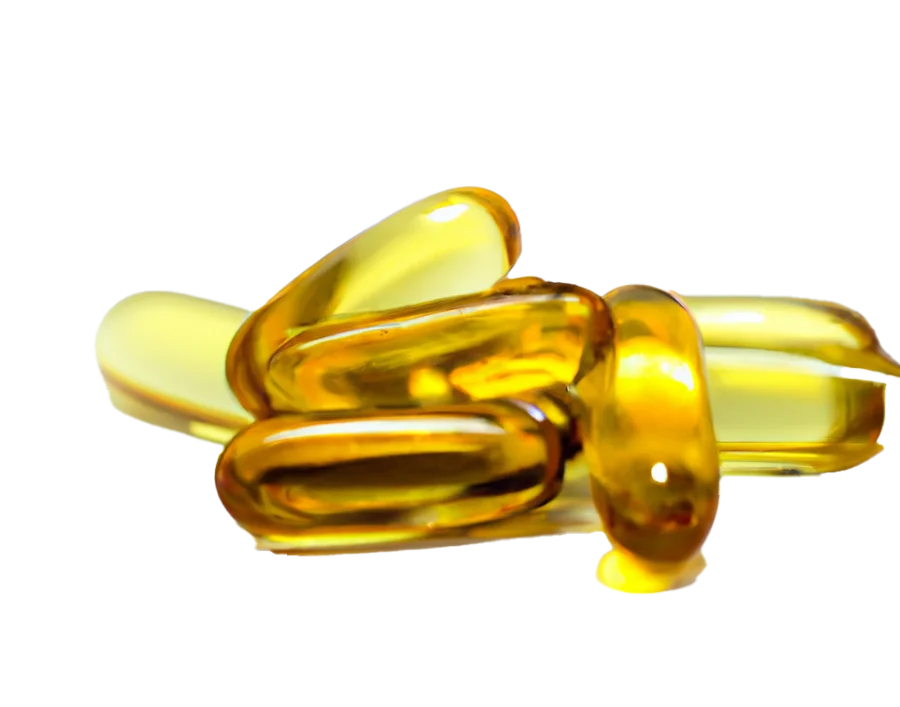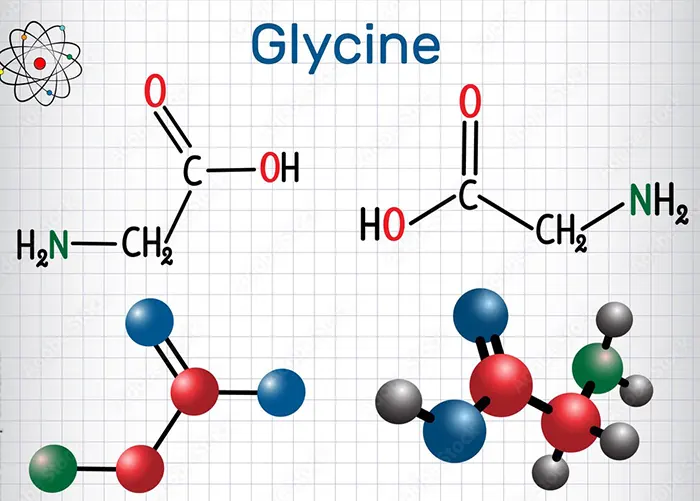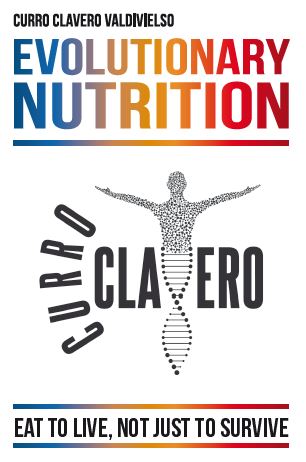Levels
When we talk about levels of vitamin D, we refer always to the levels of calcidiol (25-hydroxyvitamin D) in the blood, measured in ng/mL.
Rating levels
- <20 ng/mL: severe deficiency.
- 20-30 ng/mLinsufficiency.
- 30-45 ng/mL: sufficiency.
- 45-55 ng/mL: optimal levels.
- >60 ng/mL: do not observe additional benefits.
- >100 ng/mLlevels is not recommended.
Optimal levels
It is important to distinguish between not having a deficiency (which means that there is enough vitamin D to meet the essential functions and be in the optimal range (where there is vitamin sufficient to perform essential functions as ‘secondary’).
Why do I consider that the optimum range is between 45-55 ng/mL? There are two reasons main:
- Reduction of all-cause mortality:
A meta-analysis that collected data from 32 studies, conducted between 1966 and 2013, shows that mortality rates decrease progressively until reaching the level of 45 ng/mL, at which point it will stabilize.

- Levels in populations with natural exposure to the sun:
hunter-gatherer Tribes such as the hadza of Tanzania, who have a constant exposure to the sun throughout the year, have vitamin D levels of approximately 45 ng/mL (study). This fact is significant, as these levels have been maintained throughout the millennia of human evolution.
Athletes
For athletes looking for a performance-optimal levels of vitamin D in the blood should be between 50 and 55 ng/mL. These levels are crucial to a number of key roles:
- Efficiency mitochondrial: vitamin D plays an important role in the mitochondria, the ‘power plants’ of cells, which is key to maintain the energy and stamina during exercise.
- Bone health: athletes need strong bones and healthy to withstand the loads and the stress arising from the practice of the sport.
- Muscle function: vitamin D is involved in muscle contraction and relaxation are vital to the physical performance.
- Synthesis of protein: Improves the synthesis of proteins in the body, essential for the growth and repair of muscle.
- Regulation of the immune system: The intense exercise can weaken the body’s defenses. Maintain an immune system strengthened to help prevent viral infections, which are common in athletes.
Pregnant
It is crucial that pregnant women maintain optimal levels of vitamin D. recent Research, including intervention studies and meta-analyses, support the use of vitamin D supplements during pregnancy, as they may promote fetal growth and reduce risks such as:
- Babies with a low birth weight for gestational age.
- Pre-eclampsia.
- Premature birth.
- Gestational Diabetes.
In addition, the mothers with sufficient levels of vitamin D tend to have children with fewer abnormalities in the tooth enamel and lower prevalence of disorders such as attention deficit disorder, hyperactivity and autism. On the contrary, low levels of vitamin D are associated with an increased risk of lower bone mineral content in infants.
How To Obtain It (Sources)
Food
Let’s keep it clear: it is virtually impossible to achieve optimal levels of vitamin D only through food. To keep the levels within the optimal range, it would be necessary to consume at least 2,000 International Units (IU) of vitamin D a day, or even longer in some cases. The foods richest in vitamin D are oily fish and egg yolks. To put that in perspective, a portion typical salmon or mackerel (85 grams) provides about 400 IU of vitamin D, which would mean consuming five servings a day to reach the recommended dose. As for the eggs, add approximately 50 IU each, which would mean having to consume 40 eggs per day to meet the daily needs. As you can see, it is not a practical approach.
Sun
The main source of vitamin D is exposure of the skin to the sun without sun protection. However, there are three factors that complicate this source:
- Effective hours sun: Not all hours of the day are just as effective. The UVB radiation needed for the synthesis of vitamin D, it requires the sun to have enough inclination, so that the central hours of the day are the most appropriate.
- Lifestyle and interiors: we Spent the greater part of the effective hours locked up at home, at work or in the car. Only in the summer months or during the holidays we tend to be more exposed to the sun, and even so, what we do often protected with clothing or sunscreen.
- Tilt of the sun in winter: In the winter months, the inclination of the sun may not be sufficient to synthesize vitamin D, especially in higher latitudes. For example, in places like Santander, during November, December and January there is not a single moment of the day on which the sun has the angle to produce vitamin D.
Supplements
During the winter, supplementation becomes practically inevitable if we want to maintain optimal levels of vitamin D, not only to correct a deficit. In the rest of the year, we can avoid the supplementation if we expose part of our skin to the sun: 1) daily, 2) during the central hours of the day, 3) without sunscreen, and 4) at least for 10-15 minutes.
The two forms most routine supplementation of vitamin D are:
- Cholecalciferol (Vitamin D3): Is the ‘gold standard’, the most recommended and effective in the long term. It is the most used and studied at the global level, and can be purchased without a prescription.
- Calcifediol (or calcidiol): This is the form used by the Spanish Social Security under the trade name of ‘Hidroferol‘ (requires a prescription). It is usually presented in ampoules with a dose of 0,266 mg (approximately 16,000 IU). According to studies of recent, this form should be reserved only for people with liver problems, since its half-life is shorter and is stored worst that the cholecalciferol, so it is less suitable for high-dose and intermittent, just as often prescribe the majority of doctors.
How To Supplementation (Dose)
Here is where the situation becomes more complex. The indispensable first step is to know your current level of vitamin D by a blood test (the cost of private round 15 €, in case you do not covered by Social Security).
Maintenance dose
If your levels are between 45-55 ng/mL, it is only necessary to keep them. The maintenance dose ranges between 2,000 and 4,000 IU per day, depending on the genetics of each person. Some people are well maintained with 2,000 IU, but, according to my clinical experience, most people need between 3,000 and 4,000 IU. This adjustment should be monitored with regular tests, to adjust the dose if necessary.
Dose in order to correct a deficit
To overcome low levels, I use the following formula:
Weight x change required in the levels x 2.5.
That is to say, you multiply the current weight of the person by the change that you want to achieve in the levels of vitamin D (for example, if you are looking to spend 20 to 50 ng/mL, the necessary changes would be 30) and then multiply by 2.5. The result will be the amount of UI that should be taken daily for 8 weeks. After that period, it is passed to the maintenance dose.
Example:
If a person weighs 70 kg and has a current level of 20 ng/mL, the calculation would be:
70 x 30 x 2.5 = 5,250 IU/day for 8 weeks. After this, go to the maintenance dose.
Children
For children, the maintenance dose would be half of that of the adults. However, the formula in order to correct a deficit can be applied as is, since it takes into account the weight.
Risk of poisoning
According to the studies, there is no risk of intoxication by cholecalciferol if taken up to 10,000 IU daily. However, from 40,000 IU a day, may be a risk of formation of kidney stones and hypercalcemia.
Do you Need the Vitamin K-Supplemented with Vitamin D?
Vitamin K is crucial for blood clotting and for bone health. Some professionals recommend suplementarla when taking vitamin D, mainly for two reasons:
- Activation of the osteocalcin:
vitamin K is essential to activate this protein, which helps maintain calcium in the bones and prevents it from accumulating in the arteries and other soft tissues. - Prevention of vascular calcification:
Especially vitamin K2, which activates Matrix Gla protein (MGP), a protein that inhibits the deposition of calcium in the arteries. This is important to reduce the risk of cardiovascular disease.
In summary, vitamin K helps the body use calcium efficiently, promoting their incorporation into the bones in place of their accumulation in unwanted places, such as soft tissue or arteries.
Now, after reviewing the scientific evidence available, I came to the following conclusions:
- There is No evidence that supplementation of a normal vitamin D (2,000-4,000 IU per day, to maintain levels of 50 ng/mL) causes calcification in the soft tissues.
- In case of excess of vitamin D in blood (>100 ng/mL), yes it would be advisable to add vitamin K to prevent the calcium deposits in unwanted places.
- If you take calcium along with vitamin D, it is also advisable to supplement with vitamin K2, in doses of approximately 150-200 µg per day.
- With a supplementation of a normal vitamin D and a balanced diet that includes foods rich in vitamin K, it would not be necessary to add a supplement of vitamin K2.
Natural sources of vitamin K
- Vitamin K1: found mainly in green leafy vegetables, such as watercress, spinach, kale (kale), collards, broccoli, and cabbage.
- Vitamin K2: Is present in fermented foods of animal origin, such as egg yolk, liver, fermented cheeses (Brie, Edam, Gouda), and natto, a food of fermented soybeans, is typical of Japan.
Conclusion
Vitamin K is necessary for the agency always, not only when they take vitamin D. supplementation with moderate vitamin D, normal levels in the blood, the absence of calcium supplements, and a diet that includes regular foods rich in vitamin K, it is not necessary to add supplements of vitamin K2..





